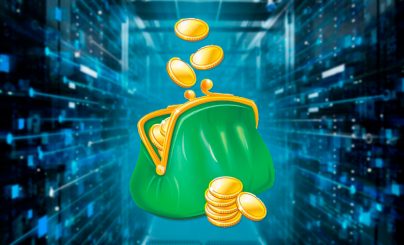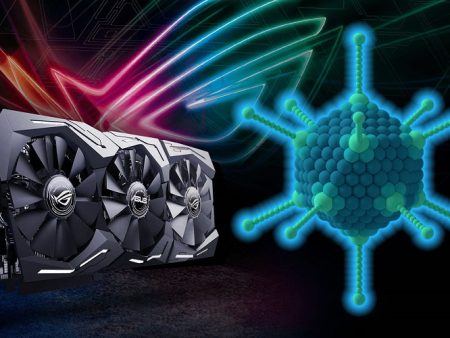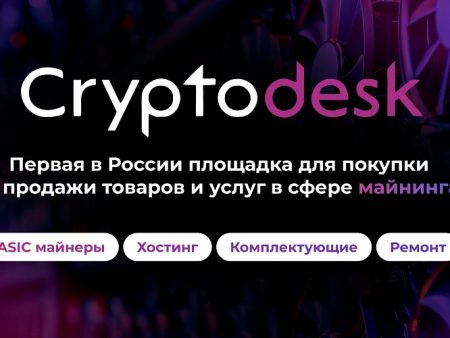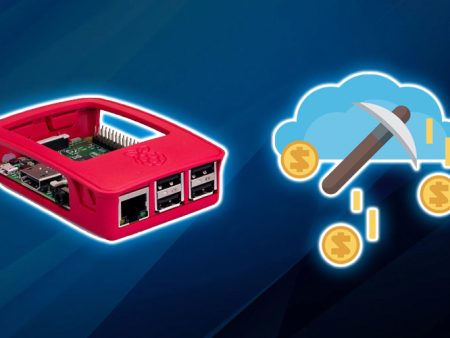
The history of digital assets began in 2008 with their creator, Satoshi Nakamoto, who posted a description of the Bitcoin network to the public. Already in September 2009, the first virtual coin was exchanged for fiat. The article describes the mechanism of mining digital koins and who pays for минно дело cryptocurrency.
The essence of mining
The word “mining” is translated from the English mining as “mining”, “mining”. This includes creating new coins and verifying transactions with already mined digital assets. This is done in a decentralized manner – there are no regulators and no single servers for storage. Transactions and calculations take place within a network formed by users’ computers around the world. Their task is to verify and protect everything that is entered into the registry.
Блокчейн
This is the name of a decentralized data registry for recording and storing information on multiple servers (computers) simultaneously. The word itself is a transliteration of the English blockchain. Each subsequent fragment of the record is linked to the previous one, and correction of one symbol leads to changes in the whole chain. As new information becomes available, links are added and data is updated on all nodes (copies scattered across the network).
Before a new block can be included in the registry, it must be confirmed by a majority of the network. This makes it difficult to hack and manipulate cryptocurrency. You cannot add arbitrarily written code to the database or reuse a coin in a single transaction: such operations will be blocked.
Thousands of transactions are conducted daily through the blockchain – users change, sell and buy cryptocurrency. When this happens, a commission is deducted, which is not deposited in the system, but is distributed among network participants as a reward for confirming transactions. All of this is entered into the registry as blocks of information confirmed by users – that’s what bitcoin and other asset miners are paid for.
Reward for computing
In addition to earning money from validating transactions, cryptocurrency is mined by calculating. For calculating and adding each block to the register, the system mints a certain number of coins. They are received by the one who mined the information and replenished the blockchain with it. To do this, it is necessary to solve a complex task offered by the network.
5020 $
бонус за нови потребители!
ByBit осигурява удобни и безопасни условия за търговия с криптовалути, предлага ниски комисиони, високо ниво на ликвидност и модерни инструменти за анализ на пазара. Поддържа спот и ливъридж търговия и помага на начинаещи и професионални трейдъри с интуитивен интерфейс и уроци.
Спечелете бонус 100 $
за нови потребители!
Най-голямата криптоборса, където можете бързо и безопасно да започнете пътуването си в света на криптовалутите. Платформата предлага стотици популярни активи, ниски комисиони и усъвършенствани инструменти за търговия и инвестиране. Лесната регистрация, високата скорост на транзакциите и надеждната защита на средствата правят Binance чудесен избор за трейдъри от всяко ниво!
The amount of digital currency in one block varies – it depends on the system. In the table – the difference between the features of bitcoin and etherium mining.
| Параметър | Bitcoin | Ethereum |
|---|---|---|
| Quantity | 21 million | Not set |
| Reward per block | Reduces by 50% every 210,000 blocks (as of 2022 was 6.25 BTC) | Variable depending on system requirements |
| Generation of new registry sections (frequency) | 10 minutes | 15 seconds |
At the very beginning of the birth of mining, a home computer was sufficient for computing. With each block found and added, the solutions became more complex and the power requirements multiplied.
Now a PC with a simple video card is not enough to mine coins. This was one of the reasons why prices for computer hardware began to rise faster than usual. Miners are buying up video cards and integrated circuits (ASICs) to increase power, causing shortages.
Автор: Saifedean Ammous, експерт в областта на икономиката на криптовалутите.














